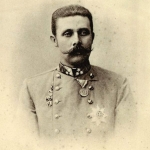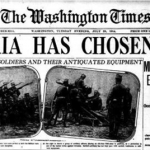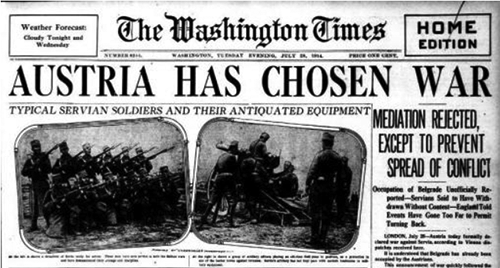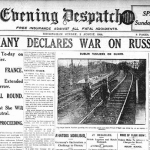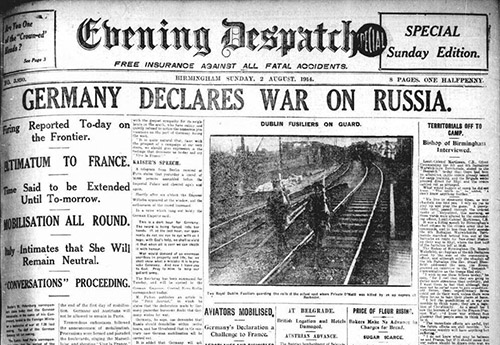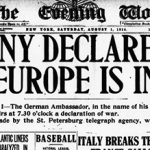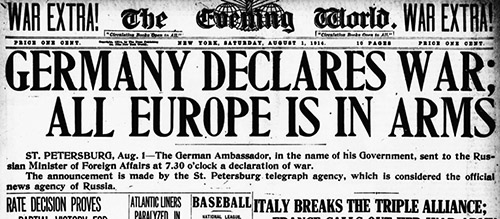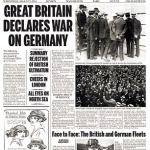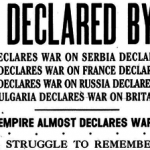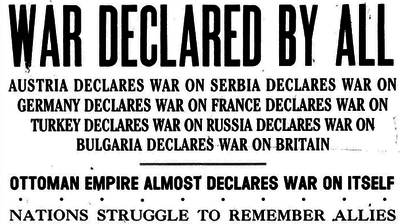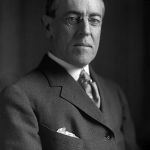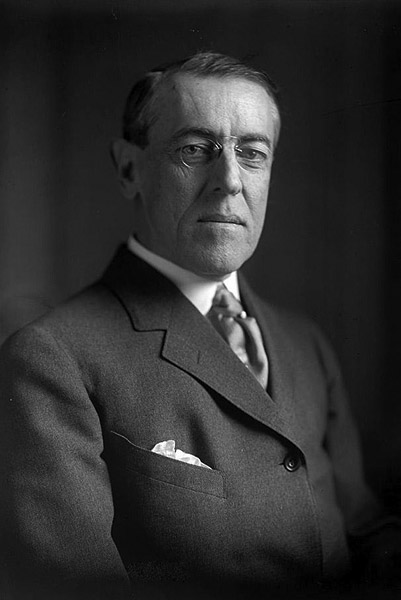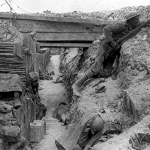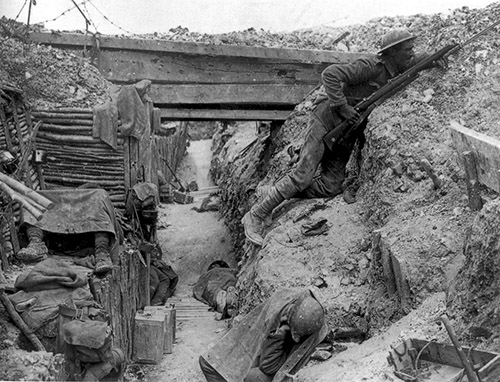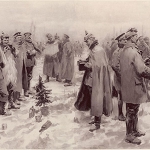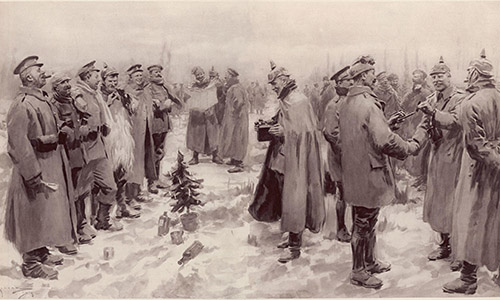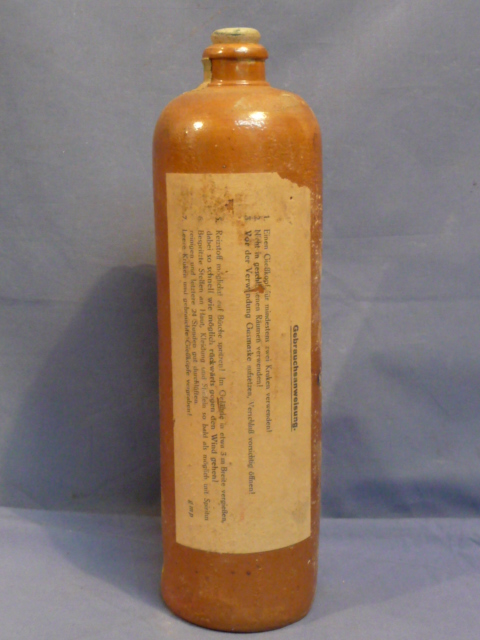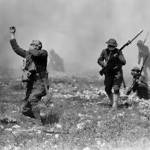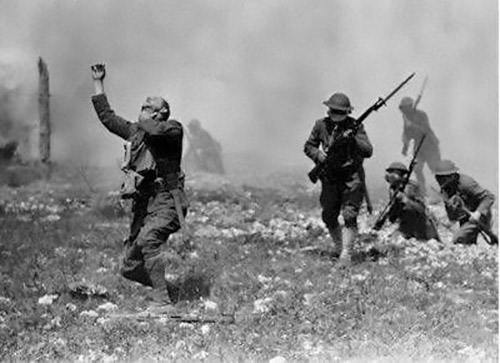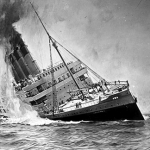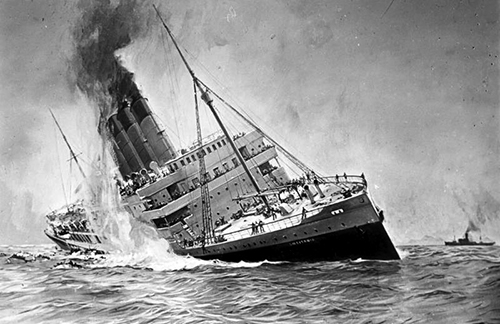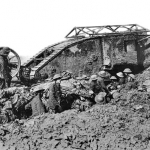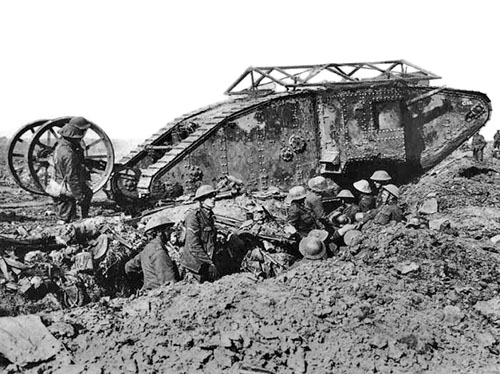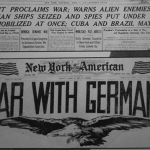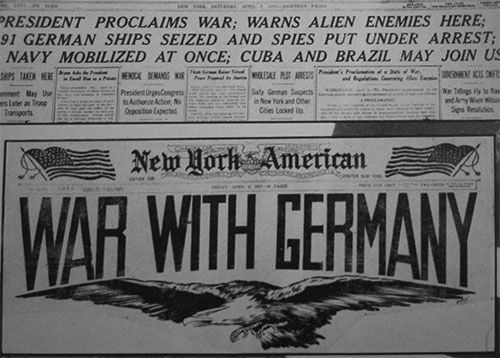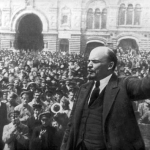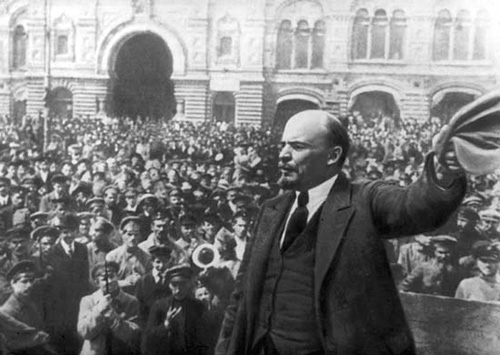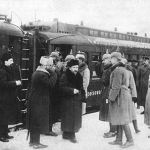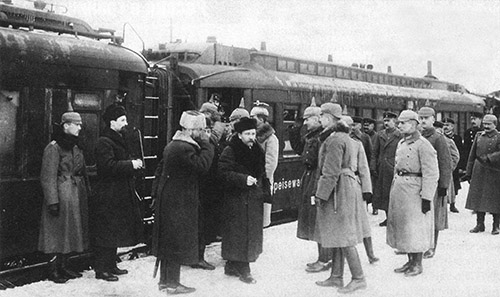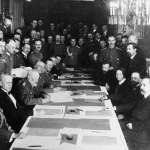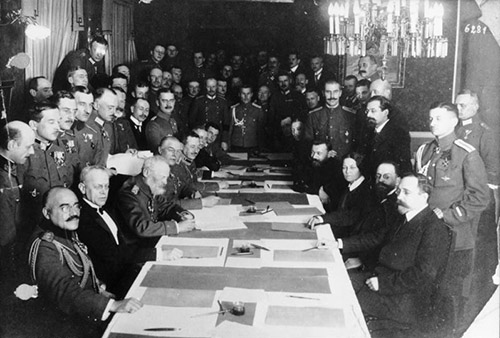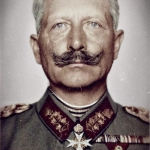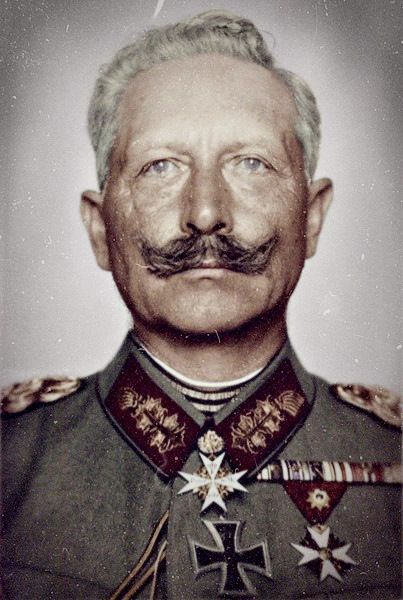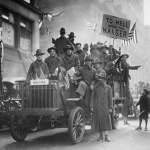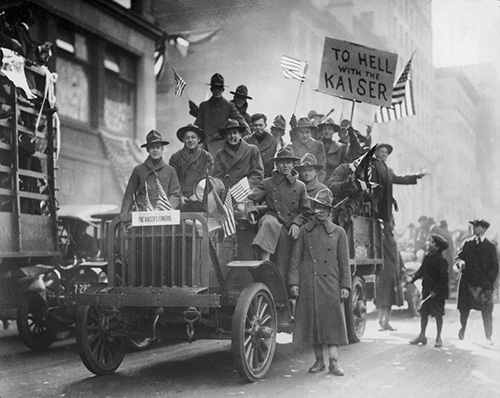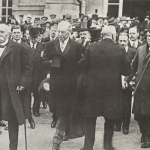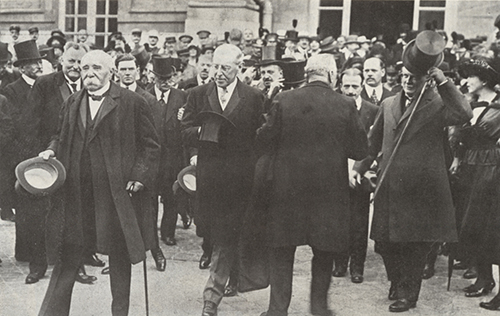World War I 1914-1918
History
Originally thought to be the war to end all wars, World War I was a vast engagement that involved countries from across the globe. The conflict centered around the European nations. The war lasted from July 28th, 1914 until November 11th, 1918. The war was triggered by the assassination of the Archduke Franz Ferdinand but many underlying factors contributed to the onset of war.
Prior to the onset of the first World War, Europe faced many issues that helped fuel the war. Countries across Europe were rapidly militarizing and increasing their weapons in quantity and technology. Europe was also getting itself into conflicting alliances across the continent. Russia, The United Kingdom, and France had support from Japan, Brazil, Canada, the United States, and several other powerful countries. Germany and Austria-Hungary were not privy to those associations. The nations of Europe were also were also becoming more unified and insular, which led to clashes and mounting differences between the different nations.
The final straw that set off the series of events that became World War I, occurred on June 28th, 1914. The Archduke of Austria-Hungary, Franz Ferdinand, was visiting Sarajevo, Bosnia and inspecting the military there. Bosnia was currently under the rule of Austria-Hungary. However, Serbian Nationalists felt that they should be an independent state. Serbian terrorists shot and killed both the Archduke and his wife. For a month tensions and violence rose in the area and finally on July 28th, 1914 Austria-Hungary declared war on Serbia.
Meanwhile, Russia allied with Serbia and began to mobilize against Austria-Hungary. Russia then having been in previous conflict with Germany, declared war on Germany. Germany than declared war on France and then the United Kingdom declared war on Germany.
The two sides would continue to add nations to their rosters as the war proceeded. The two sides were the Allies and the Central Powers. The Central Powers were Germany, Austria-Hungary, the Ottoman Empire, and Bulgaria. The Allies consisted of France, United Kingdom, Russia, Serbia, Montenegro, Belgium, Japan, Italy, Portugal, Romania, Hejaz, Greece, Siam, and the United States. Initially the United States stayed neutral. It wasn't until several years into the war, in 1917, that the United States entered the fray. The United States challenged Germany's unrestricted use of submarines. Germany was not please and tried to lure Mexico into the war. They promised to return parts of the United States to Mexico if they sided with Germany.
The war saw the use of trench warfare. The Western front separated Central German forces from French and allied forces. Large trenches were dug out for soldiers to camp out in on. In between the two military camps was a large open field referred to as "no man's land". It was dangerous to venture out into the open as machine gun fire or explosives could be deployed against those who dared. The trenches were often cold and constantly wet on the Western Front. Soldiers feet were prone to rot if they could not keep them dry. On the Eastern Front actually experienced extreme heat and was excessively dry. The Western Front saw one day of relief early on in the war. On December 24th, 1914 the sides declared a cease fire for Christmas and the soldiers could actually leave their trenches. Unfortunately, the rest of the war would not go so peacefully and that was the last time the troops would have a break until the war ended in 1918.
Russia was one of the first major nations to exit the war. They were dealing with their own internal problems. The previously imperialist government had been overthrown by the Bolsheviks and soon would become a communist state. The USSR was established only four years after the end of World War I.
Germany was led by the dubious and mentally unstable Kaiser Wilhelm II. He was antisemitic which no doubt set some precedence for the Holocaust. In fact his use of concentration camps in Africa, with the purpose of racial cleansing, set the precedence for the Nazi concentration camps. While he was a proponent for progress and technological advancements, he was hasty and was not reliable enough to see things through; this included the war. With the introduction of the American forces, and the central powers generally being outnumbered and outmaneuvered, Wilhelm abdicated his throne on November 9th, 1918 and deserted Germany.
On the 11th hour of the 11th day of the 11th month of 1918, Germany signed an armistice and the fighting ceased. On June 28th, 1919 the Treaty of Versailles was signed and the war officially ended. The treaty sought to make provisions to impede future military action. The agreement changed Nations borders and took land from Germany. It also also instituted reparations and military restrictions.
All in all, nearly ten million men tragically lost their lives in the war and nearly twenty million were wounded. It was a bloody war that erupted because of changes and turmoil in Europe during the late 20th century and early 21st century. The shape of Europe's national borders changed and the general instability it created on the continent set the stage for World War II. While it was thought to be the war to end all wars it unfortunately was just a stepping stone to the next global war.






